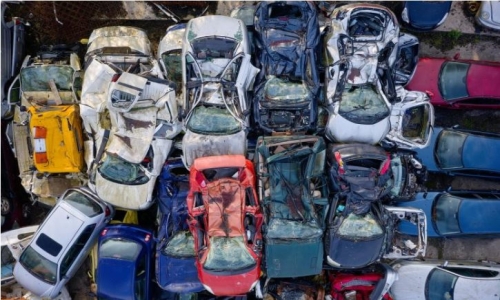


 4:17:54
4:17:54  2023-09-16
2023-09-16  1293
1293

Standard of living refers to the quantity and quality of material goods and services available to a given population.
Understanding Standard of Living
Standard of living focuses on basic material factors such as income, gross domestic product (GDP), life expectancy, and economic opportunity. It is closely related to quality of life, which can also explore factors such as economic and political stability, political and religious freedom, environmental quality, climate, and safety.
Standard of living is often used to compare geographic areas, such as the standard of living in the United States versus Canada, or the standard of living in St. Louis versus New York. Standard of living can also be used to compare distinct points in time.
For example, compared with a century ago, the standard of living in the United States has improved greatly. The same amount of work buys an increased quantity of goods, and items that were once luxuries, such as refrigerators and automobiles, are now widely available. Moreover, life expectancy has increased, and annual hours worked have decreased.
In a narrow sense, economists frequently measure standard of living using GDP. Per capita GDP provides a quick, rough estimate of the total amount of goods and services available per person. While numerous, more complex, and nuanced metrics of standard of living have been devised, many of them correlate highly with per capita GDP.
Standards of living are usually higher in developed countries. In fact, basic measures of standard of living, such as per capita GDP, are often used to define the differences between more and less developed countries. Emerging market economies usually see rising standards of living over time as they grow and develop into modern, industrialized economies.
Standard of Living Example
One measure of standard of living is the United Nations' Human Development Index (HDI), which scores 189 countries based on factors including life expectancy at birth, education, and income per capita. As of 2019, the countries with the five highest HDI scores are Norway (0.957), Ireland and Switzerland (0.955), Hong Kong and Iceland (0.949), and Germany (0.947).
Conversely, the countries with the five lowest 2019 HDI scores are Niger (0.394), Central African Republic (0.397), Chad (0.398), Burundi and South Sudan (0.433), and Mali (0.434). The United States came in at #17 while China was #85.
To exemplify the difference between the scores of 0.957 and 0.394, Norway has a life expectancy at birth of 82.4 years, 18.1 expected years of schooling per citizen, gross national income (GNI). per capita of $66,494 (purchasing power parity-adjusted currency units), and an internet usage rate of 96.5% of its population. [5] Niger, meanwhile, has a life expectancy at birth of 62.4 years, 6.5 expected years of schooling, a GNI per capita of $1,201, and an internet usage rate of 5.3%.
The U.S. scored seventeenth on the list, with a combined score of 0.926, a life expectancy at birth of 78.9 years, 16.3 expected years of schooling, and GNI per capita of $63,826.
Standard of Living vs. Quality of Life
The terms standard of living and quality of life are often believed to mean the same. While they may overlap, there is a difference between the two.
Standard of living generally refers to wealth, comfort, material goods, and necessities of certain classes in certain areas-or more objective characteristics -whereas the quality of life is more subjective and intangible, such as personal liberty or environmental quality. Characteristics that make up a good quality of life for one person may not necessarily be the same for someone else.
Reality Of Islam |
|

Researchers

A new chip-

A large inf

Choosing th
 9:3:43
9:3:43
 2018-11-05
2018-11-05
10 benefits of Marriage in Islam
 7:5:22
7:5:22
 2019-04-08
2019-04-08
benefits of reciting surat yunus, hud &
 9:45:7
9:45:7
 2018-12-24
2018-12-24
advantages & disadvantages of divorce
 11:35:12
11:35:12
 2018-06-10
2018-06-10
 6:0:51
6:0:51
 2018-10-16
2018-10-16
 2:11:12
2:11:12
 2022-10-15
2022-10-15
 8:19:41
8:19:41
 2018-06-21
2018-06-21
 7:0:55
7:0:55
 2022-05-17
2022-05-17
allah will not answer all your prayers
 6:56:28
6:56:28
 2022-01-01
2022-01-01
 8:21:9
8:21:9
 2018-06-21
2018-06-21
 2:13:43
2:13:43
 2022-05-27
2022-05-27
al-hussain (peace be upon him)
 10:18:1
10:18:1
 2022-09-21
2022-09-21
 5:41:46
5:41:46
 2023-03-18
2023-03-18
| LATEST |